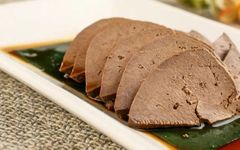
10th Place: Pig Liver
Pig liver is a nutritional treasure trove, with higher quality protein, vitamins, and trace elements than meat, and its iron content is 7.5 times that of lean meat.
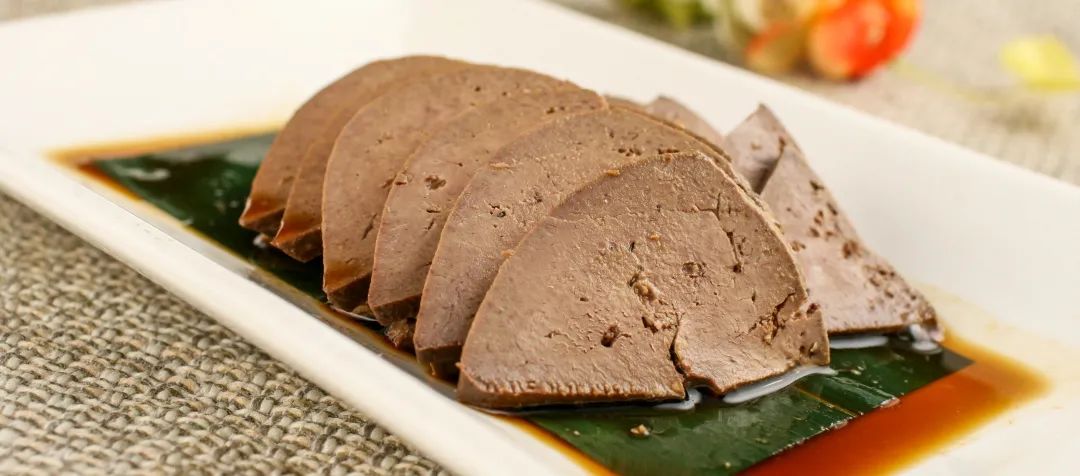
Pig liver not only has a high iron content but also a high absorption rate of 22% (comparable to lean meat). Therefore, pig liver has always been one of the best choices for nourishing blood (supplying iron). Eating it once a week can improve a pale complexion and enhance your appearance!
9th Place: Spinach
Spinach is rich in iron, but some experts believe that the iron in spinach is not easily absorbed by the body. The blood-nourishing effect of spinach is related to its high content of beta-carotene and vitamin C.
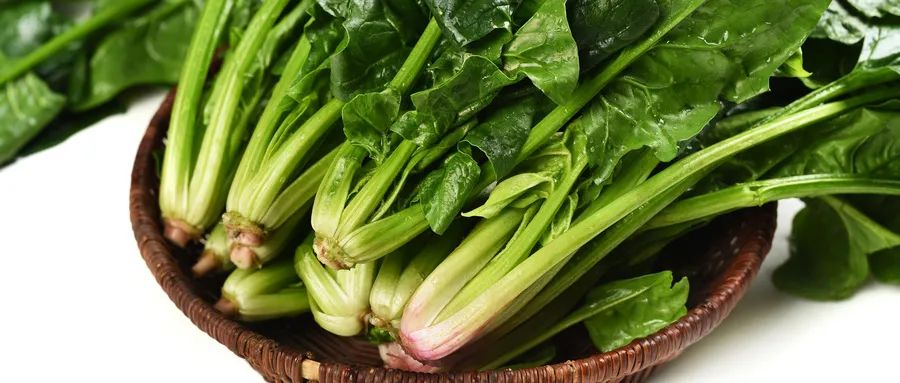
Beta-carotene can treat night blindness and regulate various cellular functions, benefiting various bleeding disorders.
8th Place: Raisins
Raisins are made from sun-dried purple grapes. Nutrition experts point out that raisins are nutrient-rich, with an iron content 15 times that of fresh grapes, and they contain various minerals, vitamins, and amino acids, making them an excellent choice for those with weakness and anemia.
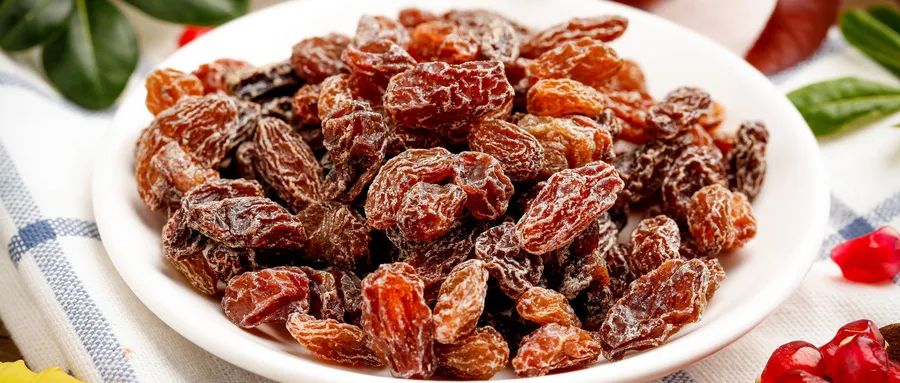
Additionally, raisins contain tartaric acid, which aids in gastrointestinal digestion; they also contain dietary fiber that can absorb toxins from the intestinal wall, promote detoxification, and help protect blood vessels. Raisins can lower cholesterol and prevent thrombosis; their flavonoids have antioxidant properties that can eliminate free radicals and combat aging.
About 30-40g daily can have a certain effect on improving weakness and anemia, but diabetics should avoid excessive consumption.
7th Place: Pumpkin
Pumpkin has been praised by the famous Qing Dynasty physician Chen Xiuyuan as a “wonderful blood-nourishing food,” rich in plant-based proteins, beta-carotene, essential amino acids, and minerals such as calcium, zinc, iron, and cobalt. Cobalt is an important component of vitamin B, which helps red blood cells function normally.
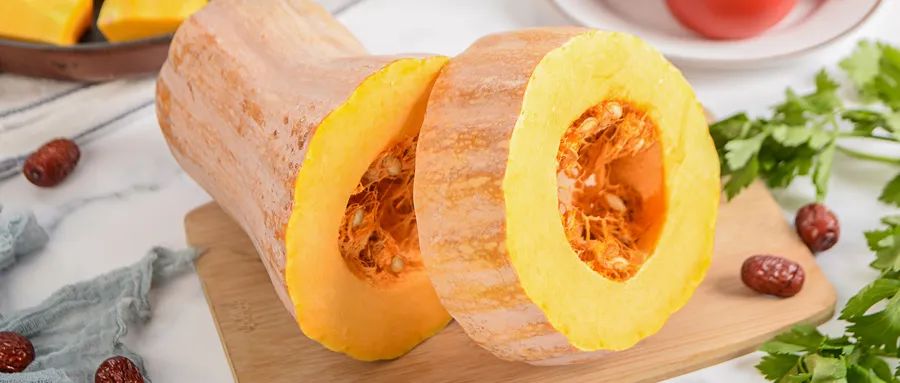
Zinc directly affects the function of mature red blood cells, and the iron, cobalt, and zinc in pumpkin are all excellent materials for nourishing blood. Regular consumption of pumpkin can also promote bowel movements and detoxify the body.
6th Place: Carrots
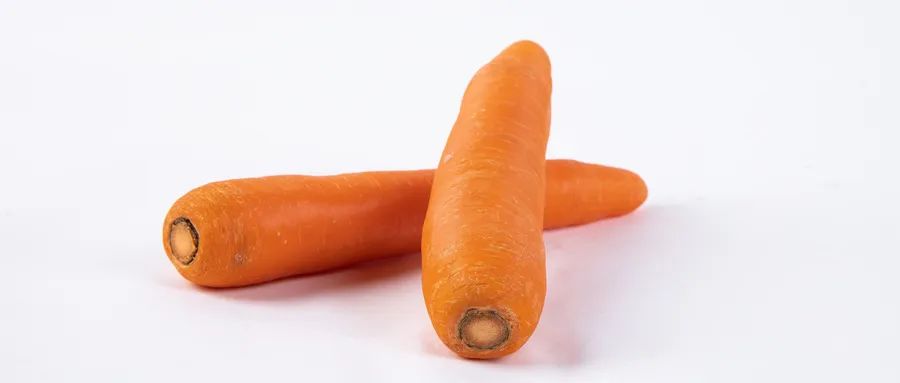
Carrots are often compared to “little ginseng” and are excellent for nourishing blood. Carrots are rich in beta-carotene, which is highly beneficial for blood nourishment. You can often use carrots to make soup, turning your post-meal broth into a nourishing blood soup.
5th Place: Tremella (Silver Ear)
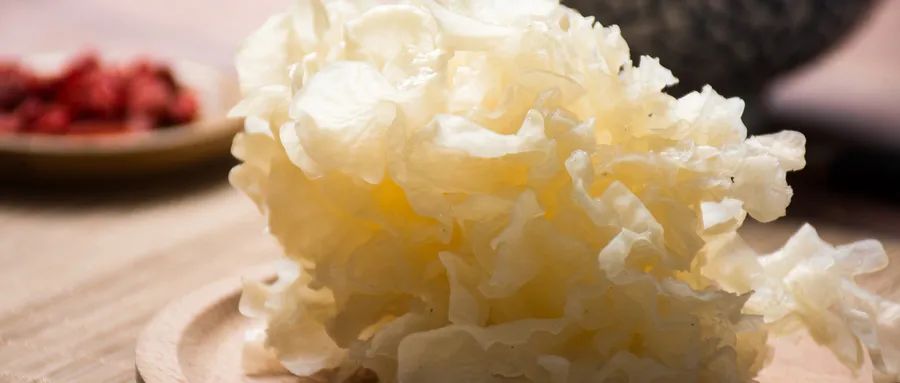
Tremella is not only a beauty tonic but also nourishes blood! Tremella has the functions of moistening the lungs, generating fluids, and benefiting qi and blood. Modern research has found that tremella has anti-cancer properties, prevents leukopenia, enhances immune function, promotes protein and nucleic acid synthesis, and stimulates bone marrow hematopoiesis.
4th Place: Longan (Dragon Eye)
Longan can benefit qi and nourish blood, enhancing memory. Experimental studies have found that longan flesh has a beneficial effect on the whole body, particularly on brain cells, enhancing memory and alleviating fatigue.
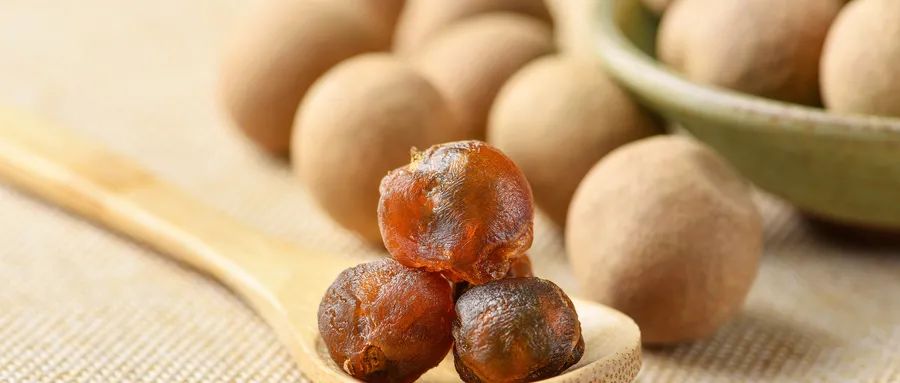
Additionally, longan contains a large amount of iron and potassium, which can promote the regeneration of hemoglobin to treat palpitations, anxiety, insomnia, and forgetfulness caused by anemia.
3rd Place: Mulberries
Mulberries have the highest iron content among fruits, truly earning the title of “blood-nourishing fruit.” Traditional Chinese Medicine (TCM) believes that mulberries can nourish yin and blood, treating chronic illness, weakness, and liver-kidney yin deficiency.
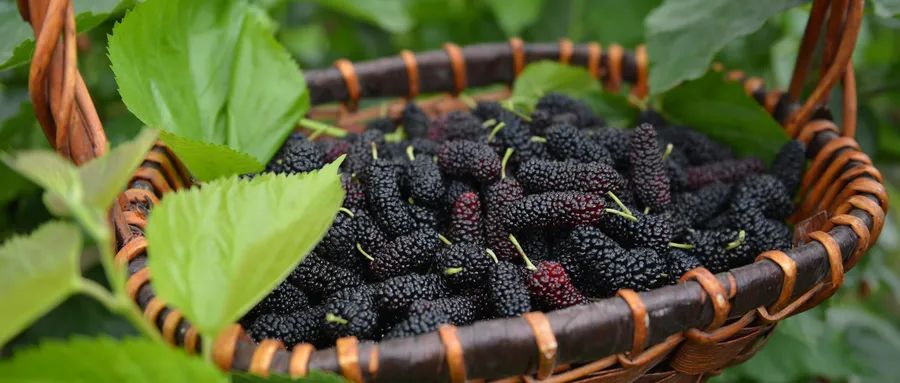
Modern medical research has found that mulberries contain various vitamins, and mulberry juice can promote the growth of hematopoietic cells, providing good anti-cancer, anti-aging, anti-ulcer, lipid-lowering, antiviral, and liver-protective effects.
Middle-aged and elderly individuals, women, and those who overuse their eyes can benefit from eating more. If eaten fresh, choose ripe black mulberries, about 20-30 berries each time. Mulberries can also be dried or slightly steamed and then dried, made into mulberry rock candy drinks or mulberry honey paste, enhancing taste and extending shelf life.
2nd Place: Black Sesame
Black sesame has twice the iron content of pig liver. Eating more black sesame not only nourishes blood but also detoxifies and beautifies the skin, making it smooth and the hair shiny and youthful.
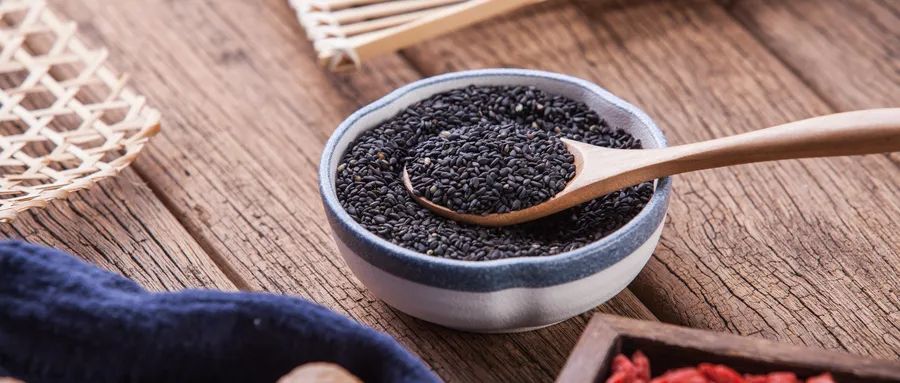
Song Dynasty poet Su Dongpo also believed that sesame can strengthen the body and combat aging. The outer layer of black sesame seeds has a slightly hard membrane, which must be crushed for the nutrients to be absorbed by the body.
TCM believes that black sesame can nourish blood, improve eyesight, moisten dryness, and relieve constipation, treating weakness, premature graying of hair, anemia, and constipation.
1st Place: Black Fungus (Wood Ear)
Black fungus has an extremely high iron content, rightfully earning the title of “king of blood nourishment.” Its protein content is comparable to that of meat, with an iron content 10 times higher than that of meat, and its calcium content is 20 times that of meat. It can be eaten, used as medicine, and is known as “the meat of the vegetarian world.”

TCM believes that black fungus can tonify qi, strengthen the body, and nourish blood while stopping bleeding. Modern research indicates that black fungus has the highest iron content among all foods, can prevent iron deficiency anemia, and replenish blood lost during menstruation, aiding in blood nourishment and beauty.
◉ Some images and texts in this article are sourced from the internet and cannot be verified. If there is any infringement, please contact us, and we will promptly delete it.


